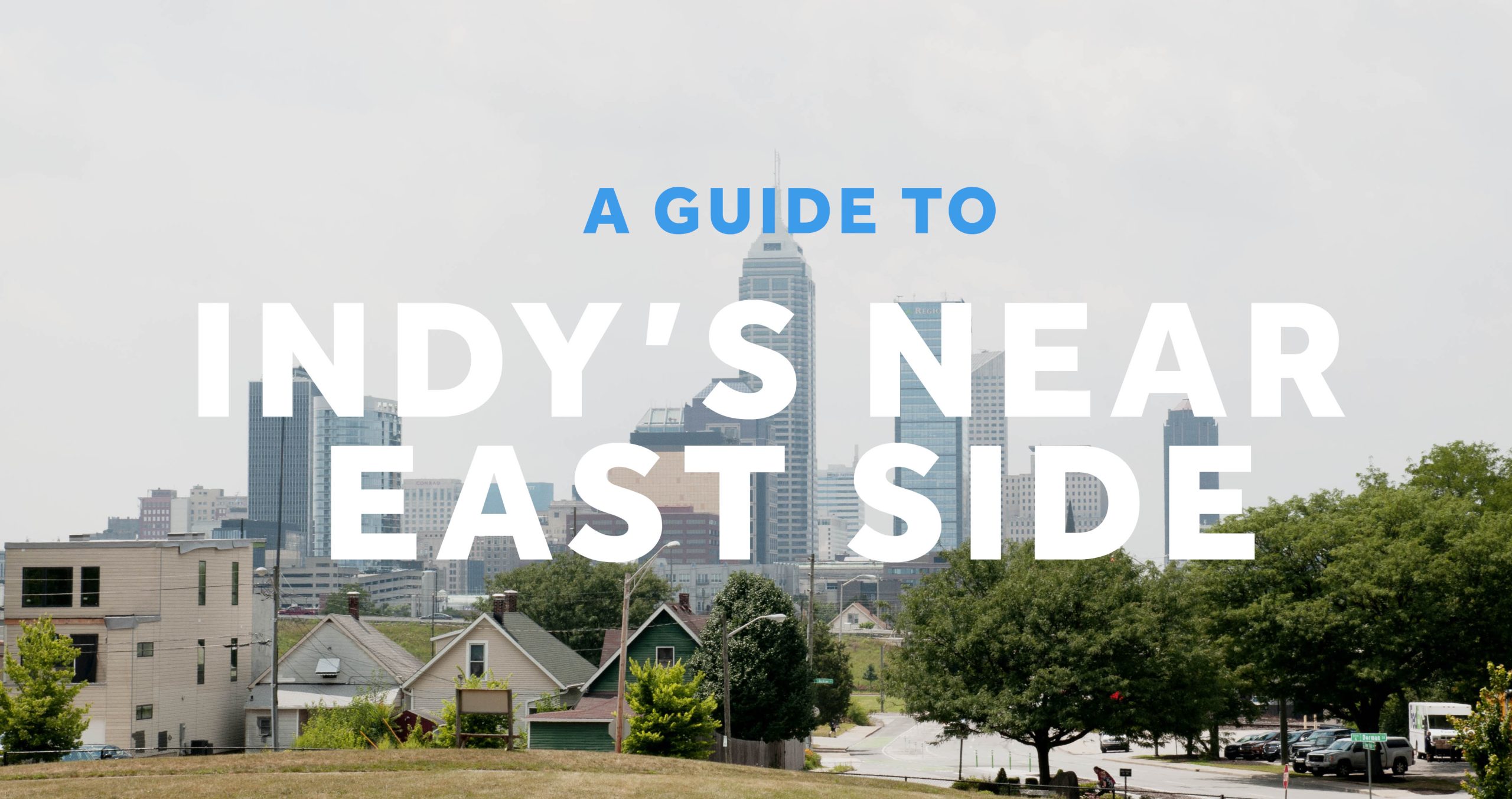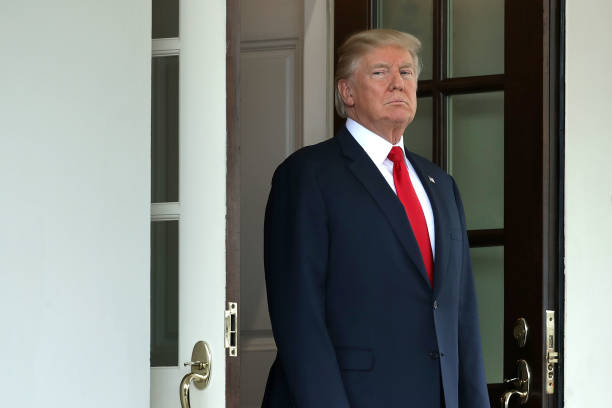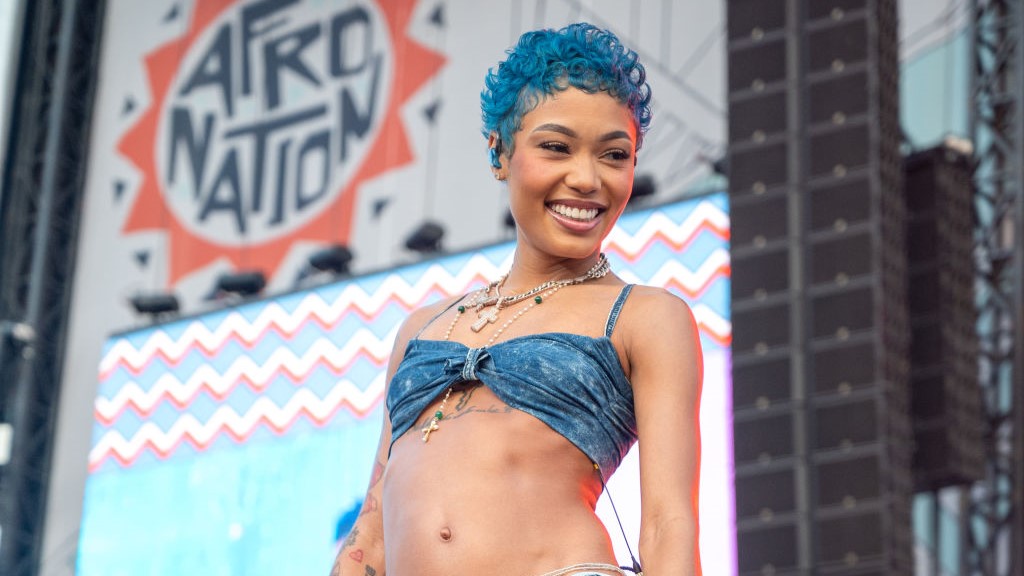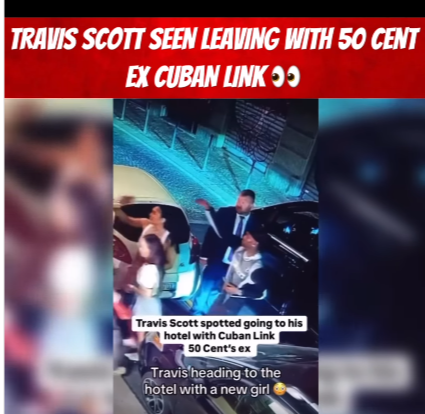(ThyBlackMan.com) I spent the majority of my childhood living a stone’s throw from 34th and Emerson. For the uninitiated, that area is one of the myriad Indianapolis enclaves that are usually referred to, without malice aforethought, as “the inner city”. The area is sometimes referred to, somewhat more benignly, as “the near east side”. It is also referred to, more pejoratively, as “the hood”.

In the 1970s and 80s, the families who populated my stomping grounds generally fell along a socioeconomic spectrum ranging from working class to upper middle class. (I would note that the meanings of those terms are far from universal or static; they shift based on a variety of factors.) The majority of residents were happy and more or less self-sufficient, despite the general dearth of very high-paying and amenities that suburbanites take for granted. Most homes and yards were well-kempt.
My neighborhood, as well as the contiguous ones, were nearly all-Black. However, on my street, an elderly white couple lived immediately next door. An elderly white woman lived on the other side of their home. Another elderly white woman lived two or three doors down from that woman. While I had limited interactions with these individuals, I remember all of them as being friendly and kind. Given that this was the context into which I was born, I never thought about this racial mix when I was a child. By the time I went away to college, all of those residents had either moved or died.
Then, when I was in my early twenties, it hit me. My now all-Black neighborhood had almost certainly been all-white years before! I had studied “white flight” in college – without ever realizing that the phenomenon had impacted my formative years. After inquiring about my hypothesis, I was told that African Americans had not been allowed to move into that area of the east side until the mid-1960s. I was stunned. My grandmother, who had wisely divorced her first husband, bought her home there in 1968. I tried to visualize what the neighborhood might have looked like then.
Untold Indiana, a publication of the Indiana Historical Bureau, has described the context as follows:
“Indianapolis had been racially segregated long before the 1970s. In particular, residential segregation coupled with a practice called redlining reinforced boundaries between the city’s white and African American populations. Redlining is denying services to people based on race: in this case, financial services. In response to the Great Depression, between 1934 and 1968 the Federal Housing Administration (FHA) and the Home Owners’ Loan Corporation (HOLC) used the National Housing Act to make housing more affordable. In practice, the Act only made home ownership easily accessible to white people by guaranteeing their loans. It explicitly denied to back loans for black people or even residents of majority black neighborhoods.”
By the mid-90s, the area had suffered multiple economic setbacks. Factory and other well-paying jobs had evaporated. Many of my older neighbors – the matriarchs and patriarchs who had permission to administer corporal punishment on me if necessary – had begun to pass away or were moved to elder care facilities. Homes were being abandoned. Businesses were being boarded up. There was a general feeling that the area had become less safe. The “American Dream” became something more akin to a fantasy.
Today, there are nascent signs of vibrancy and a more secure economic future. Cook Medical, a major company, is bringing well-paying jobs with generous benefits. IndyGo is opening up a new bus line that will help connect lower-income workers to current or future employers. New homes are being built; older ones are being restored. Cook even helped to establish a new, full-service supermarket, which is crucial for an area that has long been a food desert.
Of course, all of this means that there will almost certainly be fewer residents who have called the area home for three, four, or even five decades. Rising property taxes will price many of them out. As was the case a few decades ago in and around downtown Indianapolis, white Americans decided to move back in. Gentrification happens.
Nobody wants boarded up homes, shuttered businesses, rampant crime, and open-air drug markets. But is it a binary choice? Can we not have better living standards without forcing out the people who withstood the hardships? The answer is “yes”, but it takes access to viable economic opportunity in the area. The city’s lack of moderately-priced desirable housing will remain a problem unless there are more well-paying jobs for people who have few good choices.
Business and political leaders must work hand-in-hand with members of these communities to ensure that people of color will live in neighborhoods in which they can be proud. The challenges can seem to be intractable, but they aren’t. Solving them is simply a matter of the will to do it.
Written by Larry Smith















my neighborhood is exactly the same way as yours.
San Diego,CA.